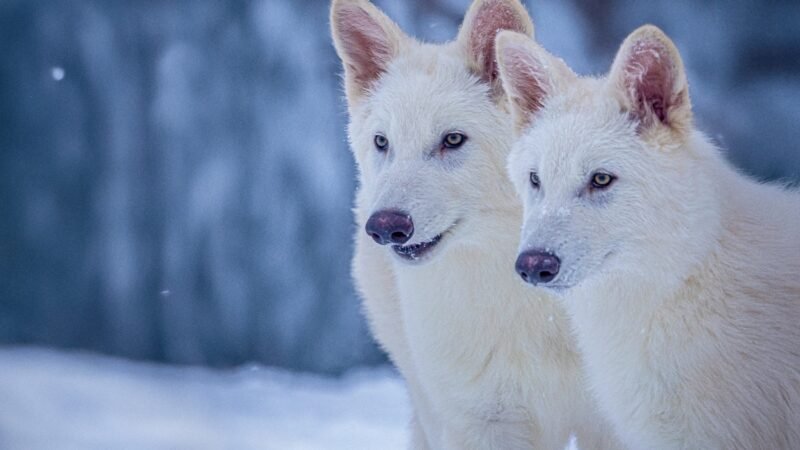Summary Points
-
Colossal Biosciences successfully bred three puppies resembling dire wolves using gene-editing technology, modifying gray wolf DNA to incorporate traits from extinct dire wolves.
-
The company utilized ancient DNA from a 13,000-year-old tooth and a 72,000-year-old skull to make over 20 genetic edits, producing pups (Romulus, Remus, and Khaleesi) with characteristics similar to their prehistoric counterparts.
-
Critics argue that the pups are not true dire wolves but rather genetically modified gray wolves, raising questions about the authenticity of the de-extinction claim and the importance of behavioral and ecological traits.
- Colossal emphasizes its goal of restoring functional traits of extinct species rather than achieving perfect genetic replicas, applying this technology toward the conservation of endangered species like red wolves and potentially other extinct animals.
The Science Behind Genetic Recreation
Colossal Biosciences has made headlines by creating pups with physical traits of the extinct dire wolf. They used advanced gene-editing technology to modify gray wolf DNA. This process included extracting DNA from ancient fossils and inserting those variants into living gray wolves. The result? Three pups that resemble dire wolves, named Romulus, Remus, and Khaleesi. However, critics argue this does not mean the species is back. The modifications only mimic some traits. Critics emphasize that cloning does not restore behavior or ecological roles that the original dire wolves once played.
Despite the controversy, Colossal insists its goal is not a flawless genetic copy. Instead, they aim to restore ecological functions lost with the dire wolf’s extinction. The pups and other genetic projects, like the red wolf clones, aim to fill ecological niches left empty over time. Still, scientific skepticism remains, as many experts contend that true species restoration involves more than just genetic manipulation.
Potential Impact and Future Implications
The creation of these dire wolf pups raises important questions regarding conservation efforts. If successful, this technology could assist in reviving endangered species. For example, Colossal’s work on the red wolf aims to combat its dwindling population. The company claims their technology could lead to practical solutions for various endangered animals around the globe.
However, widespread adoption of this method may have unforeseen consequences. The push to manipulate ecosystems could improve or disrupt existing wildlife dynamics. Critics argue that focusing solely on genetic characteristics overlooks the complexity of ecosystems. Other factors, such as learned social behaviors and unique ecological roles, deeply influence how species interact.
In the end, the conversation surrounding these genetic advancements will help shape our understanding of de-extinction and conservation. As we explore the possibilities, we must remain mindful of the balance needed between innovation and nature’s intricate web. The journey toward restoring lost creatures has begun, and it will likely invite ongoing dialogue about what it truly means to resurrect a species.
Stay Ahead with the Latest Tech Trends
Dive deeper into the world of Cryptocurrency and its impact on global finance.
Access comprehensive resources on technology by visiting Wikipedia.
TechV1

